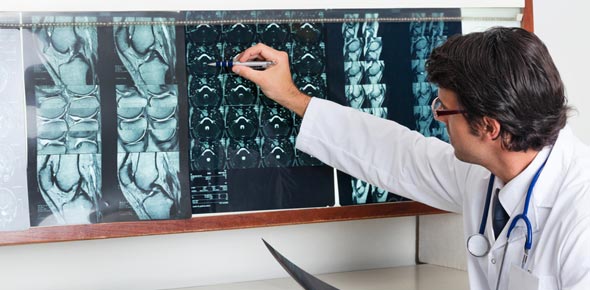Related Flashcards
Related Topics
Cards In This Set
| Front | Back |
|
Electroencephalograph
|
Instrument that detects and amplifies the elecrical activity in the brain
|
|
EEG measures
|
Potential difference between pairs of samll electrodes on scalp using conductive medium
noninvasive and excellent temporal resolution |
|
EEG measures in what frequencies
|
Cycles per second
Hertz (Hz) amplitude measured in micrvolts or millinths of a volt |
|
6 reasons for using EEG
|
1. mental states can be define
2. brain wave patterns correspond to common disorders 3. operant conditioning demonstrated alteration of brain wave patterns 4. change in brain wave frequency = change in behavior 5. brain maps distiquish psychiatric syndromes 6. using 19 electrodes demonstrates communication patterns |
|
Earliest work done by Sterman
|
Cats increase SMR. The increase found to reduction of sensory input relayed to cortex and reduction in motor output
|
|
High theta and low beta pattern indicate?
|
Persons with ADD
|
|
Roy E John research important?
|
Data base of brainmaps indicate EEG are stable over time and culture free. Can assist with medication/nfb protocols
|
|
Excessive alpha found above cingulat gyrus indicate
|
OCD
In cl. with central thea only 20% respond to SSRIs |
|
Depression
|
Less activation in the left frontal lobe. (higher alpha)
|
|
Coherence
|
Train and normalize
|
|
Electrical activity EEG comes from?
|
Cortex
|
 Pyramidal cell |
Any of the large, triangular-shaped neurons in the cerebral cortex having one large apical dendrite and several smaller dendrites at the base
|
|
EEG
|
Difference in voltage between two different recording locations plotted over time
|
|
EEG is generated by
|
Synchronous activity of postsynaptic inhibitory and excititory potentials involving large groups of cortical pyramidal cells.
|
|
Extracellular dipole layer (+,-)
|
Groups of pyramidal cells and the postsynaptic petentials formed that parallel the surcase of cortex sending +,- towards the cortical surface.
|





